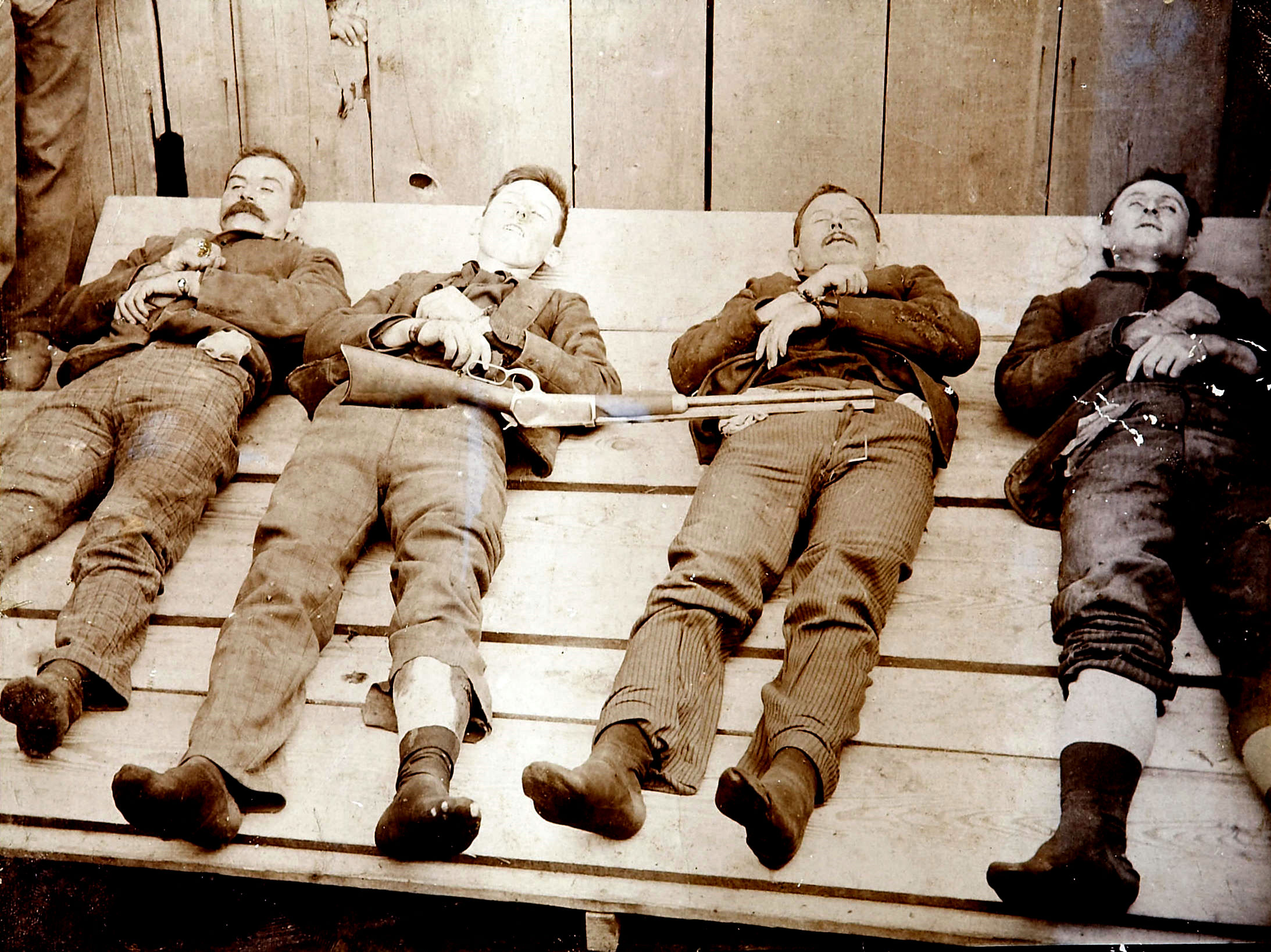Despite Snowden’s leak, governments will continue to have powerful tools of surveillance and will likely use them often despite any legislation. But it isn’t a one-sided fight.
As the eye-popping Panama Papers demonstrate, we’ve permanently moved into an era of cat-and-mouse games among governments, corporations and private citizens, with encryption tools and smaller and more powerful microchips allowing the lone leaker to be the mouse that roared–to even become the feline.
Andy Greenberg’s Wired article details how the “Mother of All Megaleaks,” which makes Assange seem a relatively small matter, began simply with a mysterious message sent to a German newspaper reporter. The writer also explains how technology has enabled such revelations to grow in frequency, size and impact. An excerpt:
The leaks are bound to cause ripples around the world—not least of all for Mossack Fonseca itself. The firm didn’t respond to a request for comment from Wired, but it wrote to the Guardian that “many of the circumstances you cite are not and have never been clients of Mossack Fonseca” and that “we have always complied with international protocols … to assure as is reasonably possible, that the companies we incorporate are not being used for tax evasion, money laundering, terrorist finance or other illicit purposes.” Another letter posted to WikiLeaks’ Twitter feed, meanwhile, purports to show how the firm has responded to its own clients:
Mossack Fonseca and its customers won’t be the last to face an embarrassing or even incriminating megaleak. Encryption and anonymity tools like Tor have only become more widespread and easy to use, making it safer in some ways than ever before for sources to reach out to journalists across the globe. Data is more easily transferred—and with tools like Onionshare, more easily securely transferred—than ever before. And actual Moore’s Law continues to fit more data on smaller and smaller slices of hardware every year, any of which could be ferreted out of a corporation or government agency by a motivated insider and put in an envelope to a trusted journalist.
The new era of megaleaks is already underway: The Panama Papers represent the fourth tax haven leak coordinated by the ICIJ since just 2013.•



